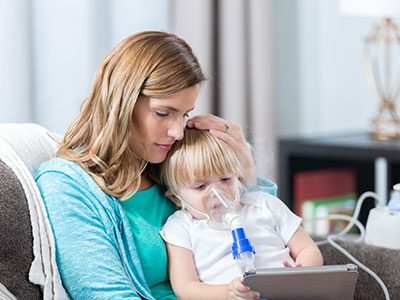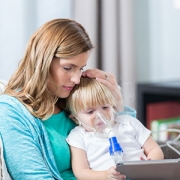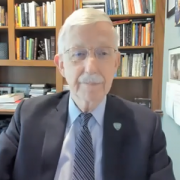The role of long-chain fatty acids in cystic fibrosis inflammation

A recent study sheds light on the microbiologic triggers for lung inflammation and pulmonary exacerbations in cystic fibrosis.
Cystic fibrosis is an autosomal recessive disease that affects more than 70,000 people worldwide and results in a progressive decline of lung function. Patients with cystic fibrosis experience intermittent episodes of acute worsening of symptoms, commonly referred to as pulmonary exacerbations. While Staphylococcus aureus and Pseudomonas aeruginosa are thought to contribute to both lung inflammation and pulmonary exacerbations, the microbiologic trigger for these events remains unknown. Andrea Hahn, M.D., M.S., and her colleagues at Children’s National Hospital recently shed light on this matter by studying the changes in bacterial metabolic pathways associated with clinical status and intravenous (IV) antibiotic exposure in cystic fibrosis patients.
The researchers found increased levels of long-chain fatty acids (LCFAs) after IV antibiotic treatment in patients with cystic fibrosis. LCFAs have previously been associated with increased lung inflammation in asthma, but this is the first report of LCFAs in the airway of people with cystic fibrosis. This research indicates that bacterial production of LCFAs may be a contributor to inflammation in people with cystic fibrosis and suggests that future studies should evaluate LCFAs as predictors of pulmonary exacerbations.
Additional authors from Children’s National include: Hollis Chaney, M.D., Iman Sami Zakhari, M.D., Anastassios Koumbourlis, M.D., M.P.H. and Robert Freishtat, M.D., M.P.H.
Read the full study in Pediatric Research.











